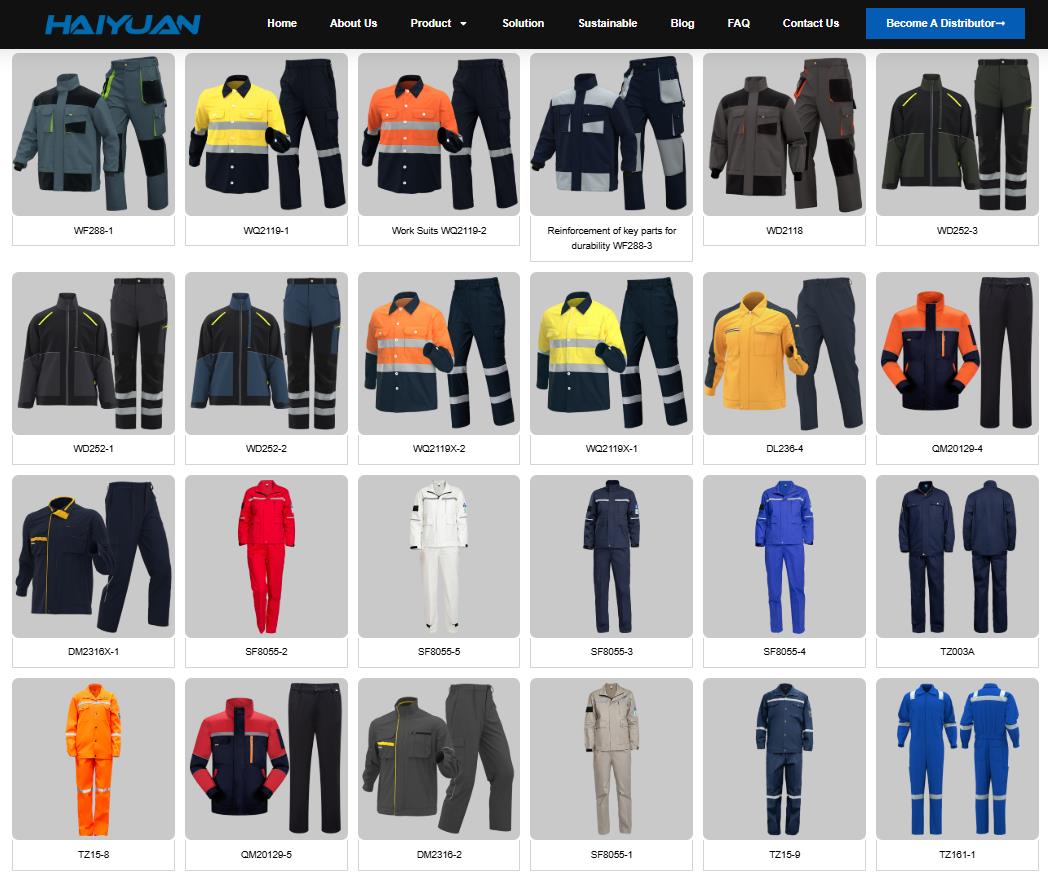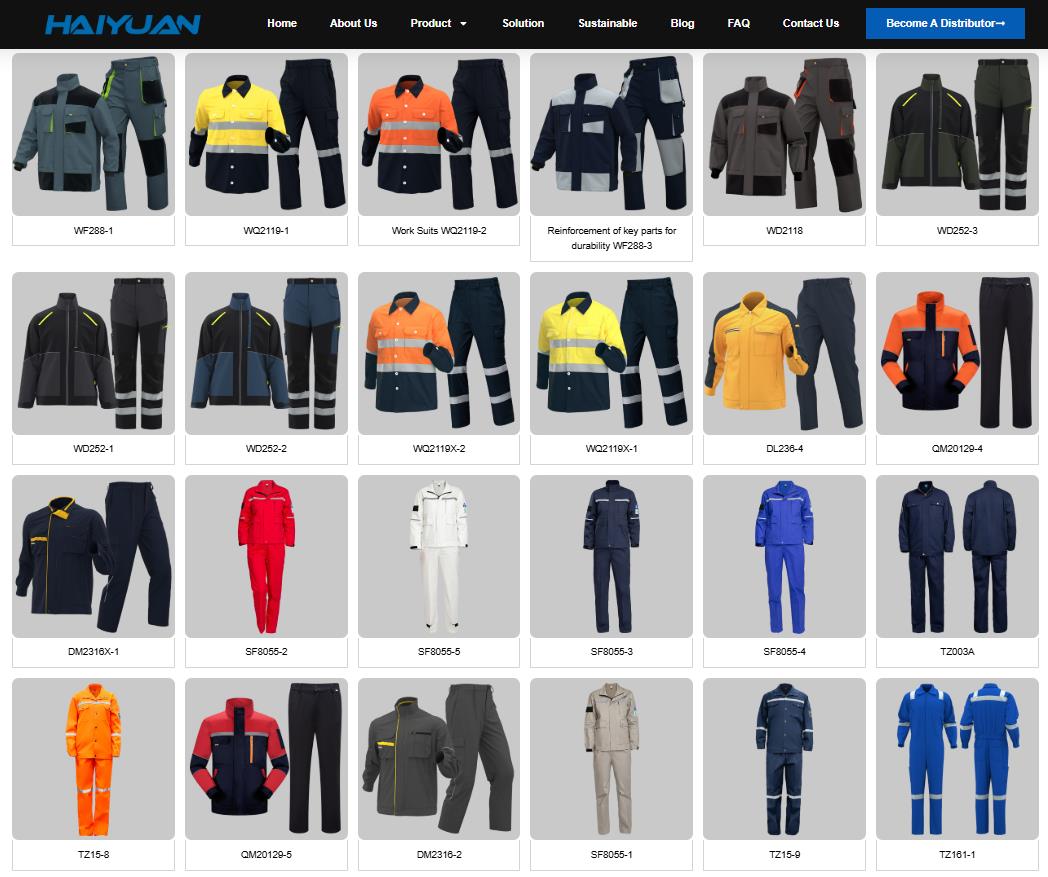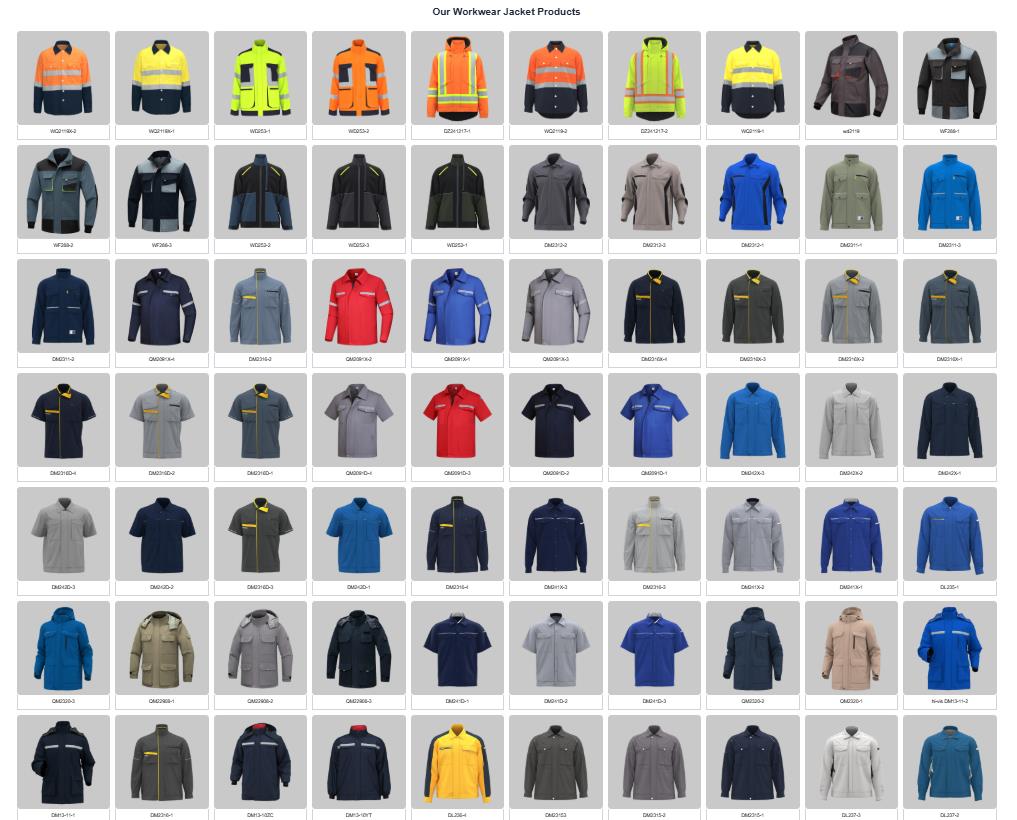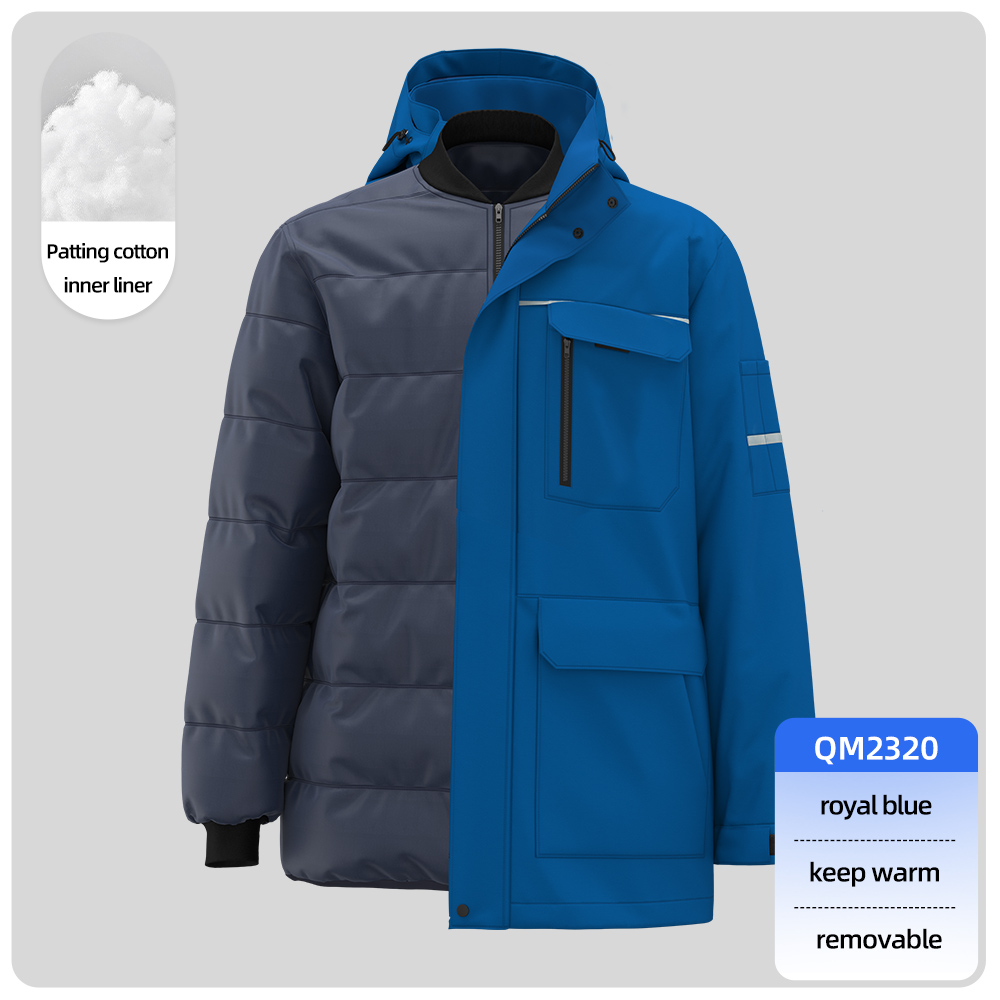Transporting clothing from China to Oman involves several key steps and considerations. Here’s a structured guide to help you navigate the process:
1. Choose Your Shipping Method
Air Freight
-
Best for: Urgent/small shipments (e.g., samples, < 500 kg).
-
Pros: Fast (3–7 days), secure, minimal handling.
-
Cons: Expensive (costs 3–5x sea freight).
-
Tip: Use consolidation (LCL air) for cost savings.
Sea Freight
-
Best for: Bulk shipments (e.g., full pallets/containers).
-
Options:
-
FCL (Full Container Load): Dedicated 20ft/40ft container.
-
LCL (Less than Container Load): Shared container; pay per cubic meter (CBM).
-
-
Transit Time: 20–35 days (China → Oman ports like Sohar/Salalah).
-
Cost: Significantly cheaper per unit than air freight.
Courier Services (DHL, FedEx, UPS)
-
Best for: Very small shipments (< 70 kg).
-
Pros: Door-to-door, fast (3–5 days), handles customs.
-
Cons: Very expensive for heavy items.

Courier Services
2. Key Documentation
Prepare these essential papers:
-
Commercial Invoice: Details goods, value, buyer/seller info.
-
Packing List: Itemizes contents, weights, dimensions.
-
Bill of Lading (B/L) or Air Waybill (AWB): Shipping contract.
-
Certificate of Origin: Often required for customs clearance.
-
Import License: Verify if needed for textiles in Oman (check Oman Chamber of Commerce).
-
Fumigation Certificate: For wooden packaging (ISPM-15 standard).
3. Customs Clearance in Oman
-
Duties & Taxes:
-
Customs Duty: 5% of CIF value (Cost + Insurance + Freight).
-
VAT: 5% (applies to most goods).
-
Exceptions: Some fabrics/raw materials may have lower duties.
-
-
Customs Broker: Hire locally in Oman for smooth clearance.
-
Labeling: Ensure garments have country of origin, fiber content, and care labels (Arabic/English).

Oman port
4. Partner with Reliable Service Providers
-
Freight Forwarders:
-
Use companies like DHL Global Forwarding, Kuehne+Nagel, or local specialists (e.g., Oman Logistics Center).
-
They handle shipping, customs, and inland transport.
-
-
Suppliers: Confirm if your Chinese supplier offers EXW, FOB, or CIF terms (FOB is most common).
5. Cost-Saving Tips
-
Consolidate Shipments: Group orders to maximize container space.
-
Compare Quotes: Use platforms like Freightos or iContainers.
-
Optimize Packaging: Use vacuum bags to reduce volume (saves on LCL/CBM costs).
-
Avoid Port Delays: Ensure paperwork is error-free.
6. Common Pitfalls to Avoid
-
Under-declaring Value: Risks fines or seizure.
-
Incorrect HS Codes: Use Chapter 61-62 for clothing (e.g., 6110 for sweaters).
-
Ignoring Oman’s Regulations: Certain fabrics (e.g., silk) may need extra permits.
-
Weather Damage: Use waterproof packaging for sea freight.
Sample Cost Breakdown (Sea Freight)
| Item | Cost Estimate |
|---|---|
| 1x 20ft FCL Shanghai → Sohar | $1,200–$2,000 |
| Customs Duty (5% of $20k) | $1,000 |
| VAT (5% of $21k) | $1,050 |
| Freight Forwarder Fees | $300–$500 |
| Total | ~$3,500–$4,500 |
Final Recommendations
-
Start Small: Ship samples via courier to test demand.
-
Work with Experts: Hire a forwarder experienced in China-Oman textile trade.
-
Verify Compliance: Ensure clothing meets Oman’s GCC Standardization Organization (GSO) requirements.
For large-scale operations, consider Sohar Port Freezone for warehousing and tax benefits. Always request door-to-door service to simplify logistics.
Useful links:





